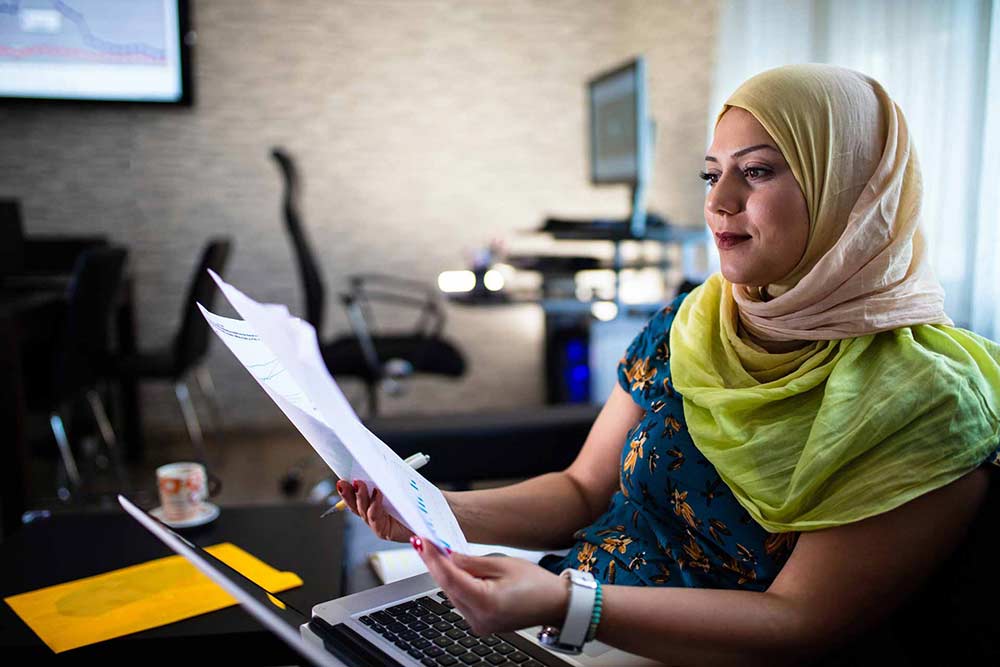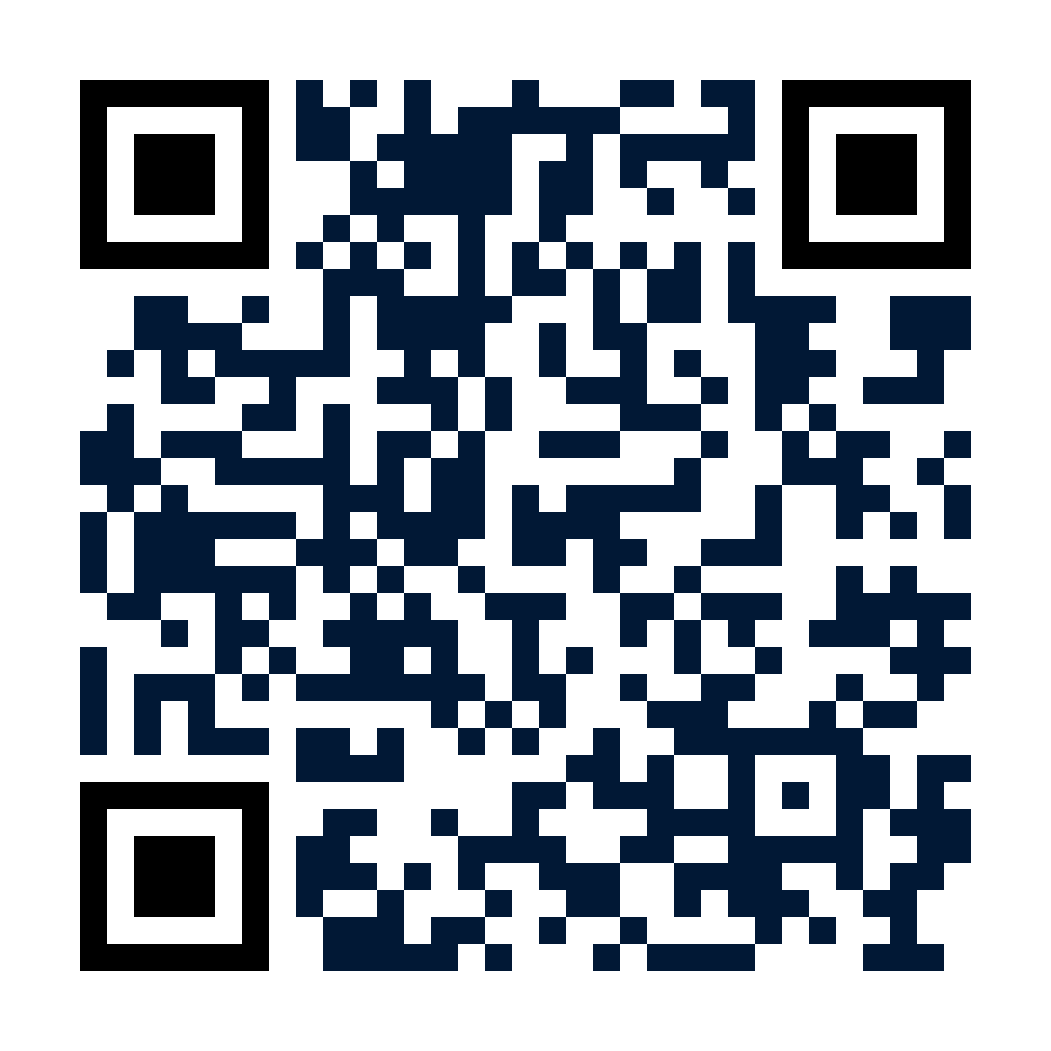
If you’re saving money for the future, you’re likely best off using a combination of checking, savings, and investment accounts. For savings you want to keep safe while earning the best interest rate, a high-yield savings account may be your best choice.
High-yield savings accounts combine FDIC insurance, top interest rates, and quick access to your cash. This makes a high-yield savings account ideal for emergency funds, down payments, and other big financial goals. Here are the most important details you should know about high-yield savings accounts.
What is a high-yield savings account?
A high-yield savings account is a bank savings account that gives you more interest than traditional savings accounts. Some of the biggest traditional banks in the US pay as little as 0.01% annual percentage yield or APY. However, you may be able to do a lot better with a high-yield savings account.
Many of the top high-yield savings accounts online pay over 4% APY. That’s significantly more than you get with a traditional savings account. At many banks and credit unions, a $1,000 balance, could earn you just 10 cents over the course of a year. That’s not even enough for a gumball from a vending machine. At a 4% APY, these accounts earn $40 over a year. That $40 more isn’t usually enough to make you rich, but it’s much better than just 10 cents.
How do high-yield savings accounts work?
High-yield savings accounts are insured bank savings accounts that are ideal for a range of purposes. From young children putting birthday money in the bank to adults saving for an upcoming vacation, there are limitless uses for high-yield savings.
However, these accounts have specific rules that make them different from a traditional savings account. You can typically make deposits and add to your account as often as you’d like, but withdrawals are limited to 6 times per month. You can withdraw as much as you want at any time as long as you don’t exceed 6 withdrawals in a month.
To earn interest, you have to deposit your cash and leave it there. Your financial institution may choose to calculate interest daily or monthly. Over the short-term, there is very little difference between daily and monthly. Over the long term, however, daily compounding is better for your earning power.
Savings accounts in the US are insured by the FDIC (banks) or NCUA (credit unions), so you never have to worry about losing money as long as it’s within the insurance limit. Your deposits are insured up to $250,000 per account holder per institution. That means a joint account is insured for $500,000, but that limit applies across all accounts at a bank or credit union. If your bank goes out of business, the US government will guarantee you get your money back.
Savings accounts are pretty simple and straightforward to understand. High-yield savings accounts work just like any other account. The only major difference is that high-yield savings accounts pay you more interest.
What to look for when choosing a high-yield savings account
While high-yield savings accounts work similarly at most banks, online or offline, there are a few important differences to watch for. These are the key features to note when looking for a high-yield savings account online or at a traditional bank:
- Interest rate—This is what qualifies an account as “high yield.” Interest rates can generally change at any time and follow market interest rates, but some banks tend to pay a lot more than others.
- Monthly maintenance fees—You should never pay a monthly fee for a savings account. If the account agreement says there is a monthly service charge you can’t avoid, take your money elsewhere.
- Minimum balance required—Some banks charge a fee if your balance dips below a certain level. Skip accounts with this type of fee, as you shouldn’t have to pay to keep money in a savings account regardless of the account balance.
- Convenience—It should be easy to manage your money online or through your bank’s mobile app. If it’s hard to access and manage your money, you might want to find an account at a bank that’s easier to deal with.
When to use a high-yield savings account
High-yield savings accounts are great, but they are not perfect for every saving situation. They’re best for short to medium-term savings for goals and long-term savings for emergencies.
For ultra-short-term spending, a checking account is great. For longer-term goals, retirement planning, or the next chapter in your life, an investment account could be better. Savings accounts fill the sweet spot for building cash in the not-so-distant future.
Here are some popular uses for a high-yield savings account:
- Emergency fund—An emergency fund is essential for virtually all American households. This is cash you keep on hand for unexpected costs like medical bills, car repairs, or home repairs. Most households should save at least 3-6 months of expenses in an emergency fund. If you’re self-employed or don’t have a steady job, consider doubling that to at least 6-12 months of expenses in savings to be safe.
- Down payments—If you’re saving for a vehicle or home purchase, a high-yield savings account is probably the best place to keep your down payment.
- Saving for a goal—Weddings easily cost tens of thousands of dollars. Big vacations for a family are often a four-figure expense. These and other financial goals are great reasons to open an account.
Pros & cons of high-yield savings accounts
Pros:
- Earn well over 100 times more interest than you typically get from many traditional banks
- Protected by FDIC or NCUA insurance
- Provide quick access to your cash for emergencies and goals
Cons:
- Limited to 6 withdrawals per month
- Some banks charge monthly fees
- Earn less interest than many investments
Should you sign up for high-yield savings?
If you want to get the best return on every dollar you put in savings, opening a high-yield savings account could be a solution worth considering. High interest rates and low fees make high-yield savings ideal for emergency funds, down payments, and other savings goals.
This article is for educational purposes only and is not intended to provide financial, tax or legal advice. You should consult a professional for specific advice. Best Egg is not responsible for the information contained in third-party sites cited or hyperlinked in this article. Best Egg is not responsible for, and does not provide or endorse third party products, services or other third-party content.


